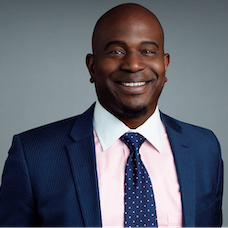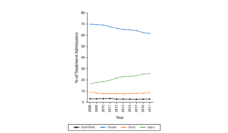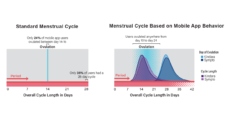Growing up in Jamaica, I realized there are three equalizers in life: death, education, and health. To address the health inequities I saw around me and globally, I chose science as the vehicle for lasting repair and solutions. However, I quickly realized that solving seemingly intractable and long-lasting health issues requires a health care system that is wise, compassionate, humble, and just—all virtues that our system does not reflect.
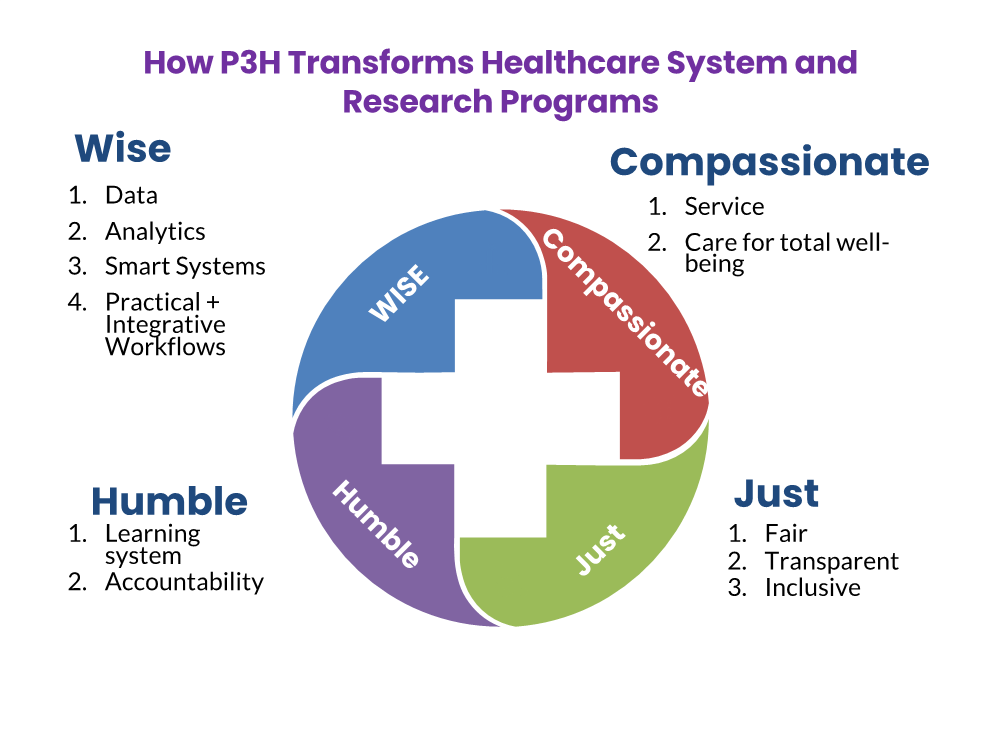
Figure 1. The virtues of Precision and Personalized Population Health transform biomedical research and health care
Precision and Personalized Population Health: An Answer to Old Problems?
Health care’s inability to reach its highest virtues can be attributed to a theoretical and practical fragmentation, stuck between the one-size-fits all “rock” and the “hard place” that is the need to personalize and optimize care, where the two modalities often appear antithetical to each other. But what if the tension and chasm between the two is a false epistemological fault line? My colleagues and I developed a Precision and Personalized Population Health (P3H) framework that eases the tension and provides an ideal lens to see the complementarity of one-size-fits-all and precise, personalized approaches.
A P3H framework attempts to understand, manage, and treat health and wellness along a continuum from discovery (the process of finding common and unique causes of disease) to treatment optimization and adherence (the process of finding the right treatment for the right person at the right time with the optimal dosage).
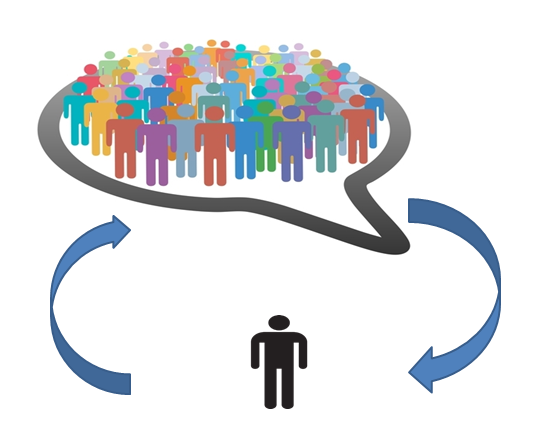
Figure 2. Precision and Personalized Population Health
P3H uses machine learning and big data to discover new causes of disease and wellness that may be specific to an individual or group of people who share similar characteristics (e.g., age, sex, clinical factors). It then uses these findings to disseminate and implement evidence-based solutions across the health care delivery continuum. I think of it as the “D6As”: Discovery, Awareness, Avoidance, Access, Assessment, Acceptance, and Adherence.
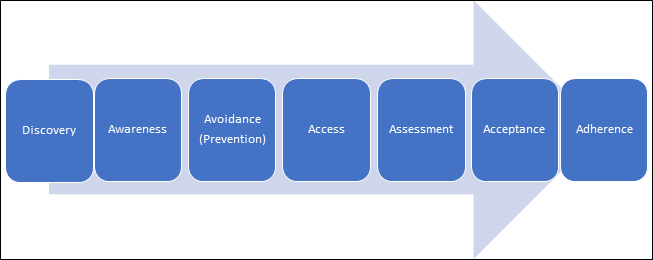
Figure 3. Precision and Personalized Population Health insight and implementation continuum (“D6As” framework)
P3H bends the health care continuum into a feedback loop, where insights from how well a treatment works can provide invaluable information about the causes of disease. And this information refines our understanding of the disease. For example, poor efficacy and side effects of certain treatments—like statins (cholesterol medication); angiotensin receptor blockers, used in hypertensive individuals; and angiotensin-converting enzyme inhibitors—have refined our understanding and treatment of cardiovascular diseases for Black individuals. Bottom line: having a more refined understanding of the causes of a disease will lead to better and more optimized health care delivery, where patients get the treatments that work for them and avoid the painful, risky trial-and-error phase of finding the right treatment.
P3H also provides a roadmap for interpreting, understanding, and applying large volumes of health information. The public is often bombarded with contradictory information about how to prevent disease and manage their health without the appropriate tools to understand the varying degrees of evidence. For example, the public is often unclear about the meaning and practical implications of a study reporting that factor X is “associated” with, “causes”, or “increases the risk of” disease Y. P3H provides the lay public, scientists, and providers with a framework to communicate scientific insight. The P3H framework recasts insight on a continuum, starting at the most basic level of description (describing the symptoms of a disease and the prevalence of that disease, and progressing to the more challenging level of insight, optimization (determining causes of disease unique to an individual).

Figure 4. Discovery is on a continuum of insight
In P3H, no single finding should be seen as final insight. All are pieces of a larger tapestry of insight and truth. Such a stance forces us to remain humble and fearless thinkers and pursuers of truth and solutions to understand and solve our greatest health care challenges.
The Future of Health Care Using P3H
P3H can liberate biomedicine and health care from the shackles of our most vexing health challenges, such as the obsolete one-sizes-fits-all approach to care, inability to provide quality value-based care, and eliminate health disparity and inequity. The P3H framework forces us to leverage smart technologies to discover and predict new risk factors and causes. We can assess risk earlier and provide innovative delivery solutions that improve access to value-based health care to all. And we can use artificial/augmented intelligence and human-supported care coordination (like health coaching) to better navigate patients through the complex health care system and to blunt the deleterious effects of social inequities on patient outcomes. My hope is that P3H will make health equitable (rather than an equalizer), where all receive the best precise and personalized health care regardless of their circumstance.
Photo via Getty Images










